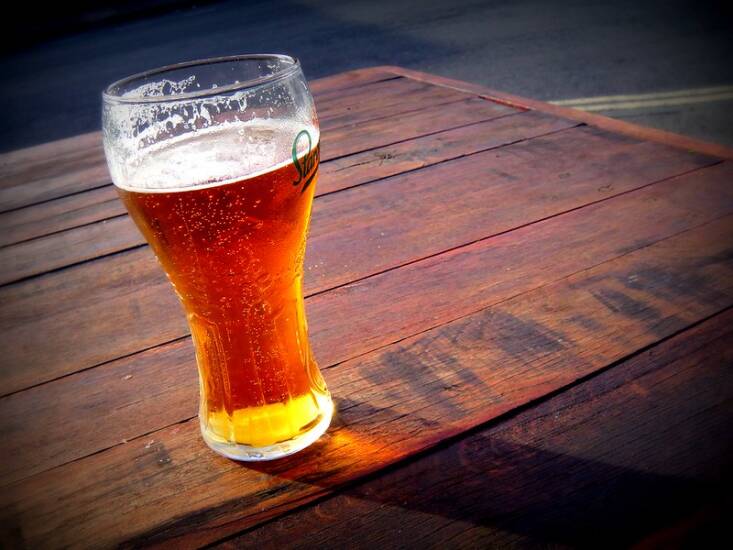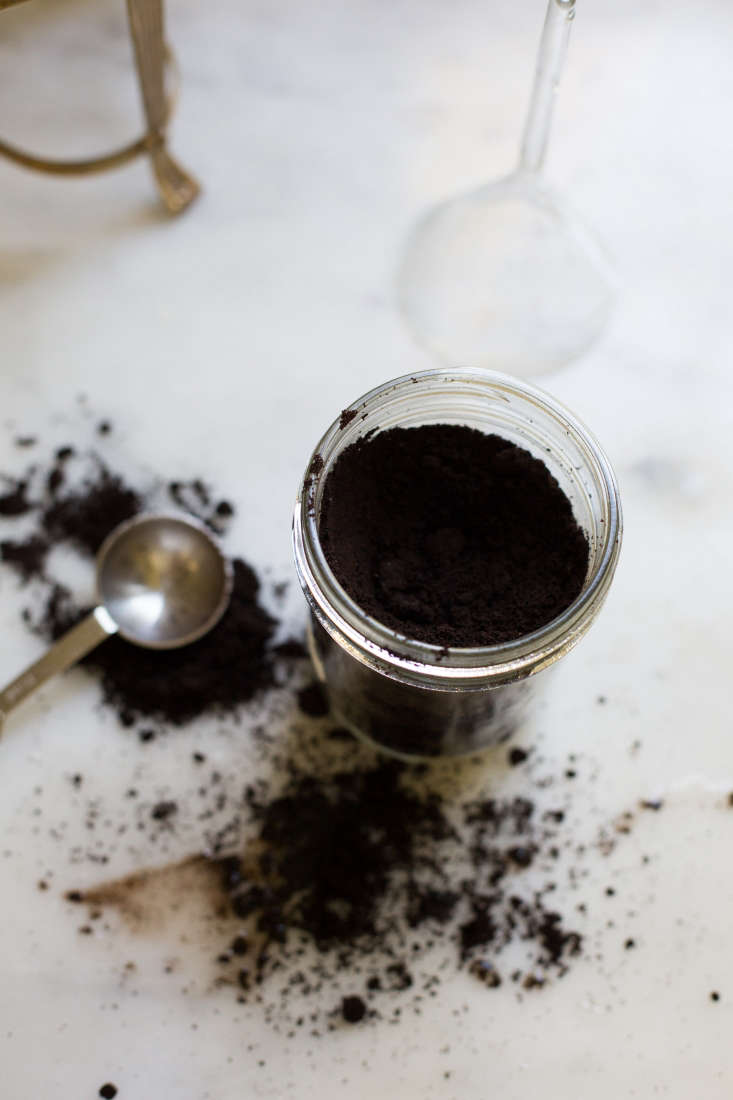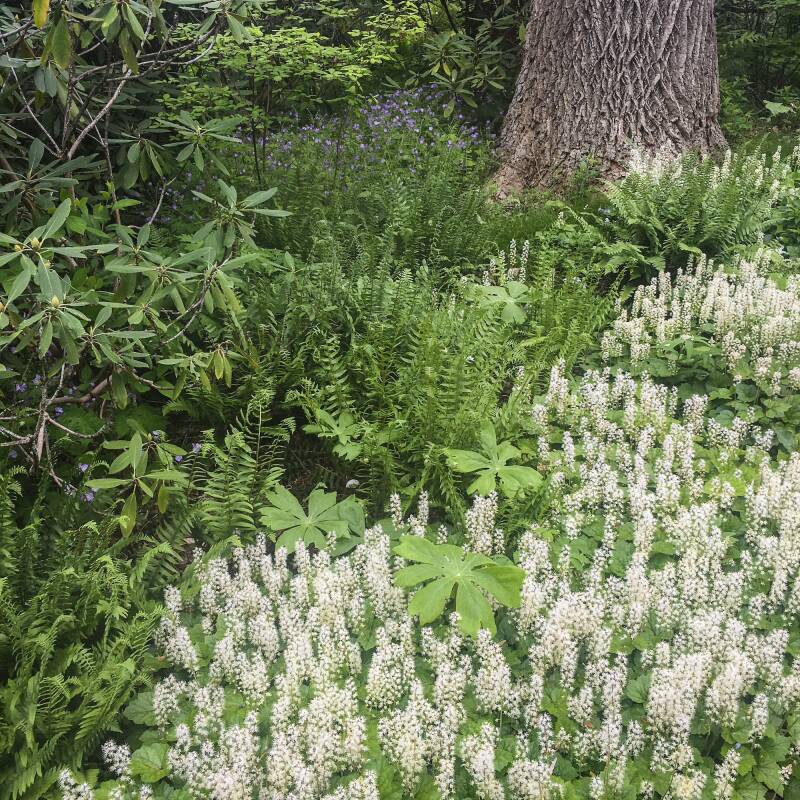Before you make a trip to your local garden center to buy pesticides, soil amendments, and weed killers for your garden, take a look in your fridge and pantry. You may already have what you need to boost your soil. Here are some common household goods that can be repurposed to help your plants:
Baking Soda = Fungicide

Sodium bicarbonate is a wonder. Used correctly, it acts as a fungicide for powdery mildew when coupled with neem oil or vegetable oil. The sodium part can burn leaves and kill plants, though, so please make sure you have the proper ratio when you use it: 1 tbsp baking soda mixed with 1 tbsp oil in 1 gallon of water.
Epsom Salt = Fertilizer

This is another salt, but this time it’s not sodium, but hydrated magnesium sulfate. Some plants can’t get enough of magnesium used as a fertilizer (roses, tomatoes, peppers); others only need a small amount (leafy green vegetables). This is where a soil test will come in handy. It’s always best to give your plants what they actually need and not what you think they need and follow directions exactly. Again, too much of a good thing will make you and your plants unhappy. For more on how to properly leverage epsom salt for your garden, see Gardening 101: How to Add Epsom Salts to Soil.
Beer = Slug Trap

Not the good stuff, any inexpensive beer will do. Great for getting rid of slugs. Take a tuna can, dig a hole and place the lip of the can level with the soil line and fill with beer. The slugs are attracted to the beer and will drown.
Vinegar = Weed Killer

It’s not just for salads after you harvest. Full strength vinegar that you can buy in the supermarket can kill weeds. Spray only on plants you want to remove on a sunny but still day. You can also buy horticultural strength vinegar. This will work faster than the supermarket version. And yes, you can pretty much use any flavor but distilled white vinegar is the least expensive.
Firewood Ash = Soil Amendment

Clean out your firepit and help your garden. Wood ash has many nutrients that plants can use. However there are two main benefits. First is calcium and the second is its effect on the soil pH. Certain plants need calcium and this is a good way to provide it. The second effect is a bit more complex: wood ash will raise the alkalinity of the soil. Plants that like alkaline soil, leafy greens, will do well. Plants that like acid soil (blueberries, tomatoes, azaleas, hollies) won’t be happy. It can’t be stressed enough that you should get a soil test to determine what your soil needs before you add any amendments to it. Do not use ash made from commercially made fireplace logs, treated wood, or other contaminated sources. Always use precautions when spreading ash, you don’t want to breathe it in.
Coffee Grounds = Garden Multitasker

Mulch, fertilizer, worm food, creature deterrent, composting friend… the list of helpful roles that coffee grounds can play in your garden is long. Just remember: The best way to use spent coffee grounds is as a fertilizer by lightly sprinkling it over the soil and raking it in. It is comparatively high in nitrogen. If applied heavily or in clumps, it can burn the plants and their roots. For more on the topic, see Gardening 101: How to Use Coffee Grounds in the Garden.
For other planet-friendly gardening solutions, see:
- Gardening 101: How to Use Eggshells in the Garden
- Homemade Garden Remedies: 5 Natural Solutions for Healthier Soil and Plants
- Mosquito Repellent: 5 Flowers and Herbs to Keep Pests Away












Have a Question or Comment About This Post?
Join the conversation (0)